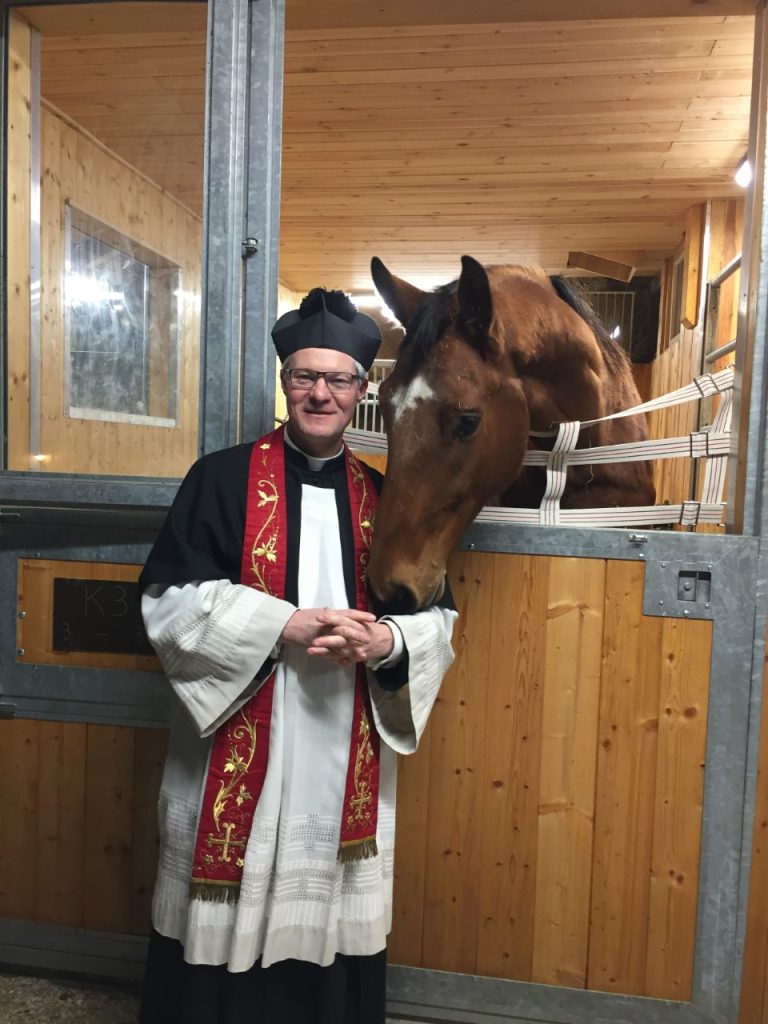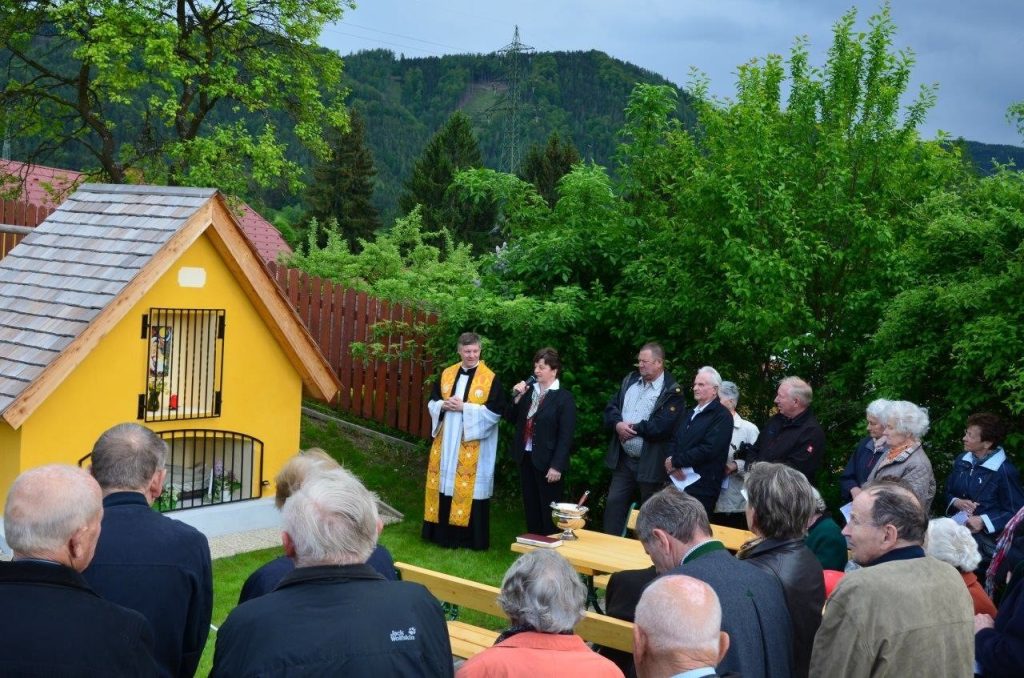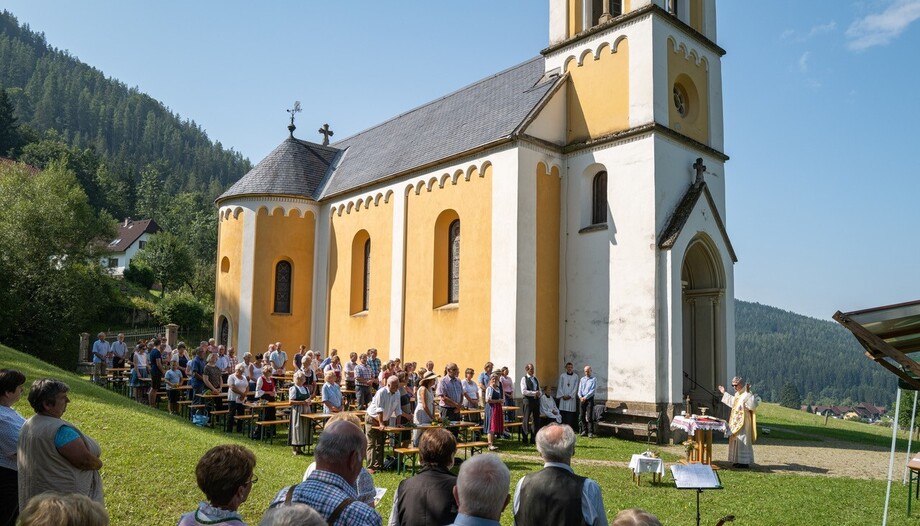The parishes of Krieglach and Langenwang are located in the valley of the Mürz, Austria, characterized by transit from the northeast to the southwest, with the railroad and the freeway as thoroughfares, so the patron saint of the parish church of Krieglach is very appropriate: it is dedicated to St. James the Apostle. With more than 5,000 and just over 3,000 inhabitants, they are not particularly large and, like other towns and the surrounding countryside, are characterized by the coexistence of agriculture and small industrial enterprises. Therefore, in secular and ecclesiastical life, the traditions and customs of these villages, some of them quite old, are preserved alongside all the innovations of the 21st century.
The starting point for my reflections is my own position as a parish priest in this rural region of Austria. On the one hand, there is a popular religious tradition, and a deep-rooted pastoral structure. On the other hand, I am serving as a priest alone where 50 years ago three priests ministered.
Moreover, on the one hand, there is a strong change in the religious and ecclesiastical life of the population, but on the other hand, there is a call for a new evangelization or mission in the country itself.
Some people see traditional expectations of the priest and the parish as an obstacle to a new pastoral ministry and dismiss them as a waste of time. I try to see it differently, and was encouraged to do so by an article in 30giorni that I read as a very young parish priest in 2008. It described the work of priests in Buenos Aires who, with the active support of their then bishop, Jorge Bergoglio, reached out and evangelized many people in troubled areas of the city through popular devotion, chapels and related social works.
Evangelization through popular piety
So why reject what already exists in order to implement something new and unproven? "A bird in the hand is better than a hundred in the air," the saying goes. Why not use the elements of popular piety to proclaim the faith? After all, some overly intellectual or supposedly modern events attract few people, while numerous traditional festivals draw crowds. It seems to me that these simple and popular feasts take especially seriously the truth of faith of the Incarnation, because the bodily part of the human being is not blurred. Nor is the social aspect forgotten, because the greatest need in our latitudes is probably loneliness, which is counteracted by these liturgical-pastoral celebrations.

A good example is the so-called "blessing of the meat", officially called "Blessing of the Easter Food". It is celebrated in different chapels and crossroads and attracts very many people, who bring large baskets of meat, eggs and bread to be blessed. Instead of reprimanding them for never coming to church, you can briefly and concisely explain the message of the resurrection and, with a bit of humor, give them an admonition as well. Since there are many positions, trained lay people are also commissioned to lead the prayers and a simple blessing. In general, it is a great help to have faithful lay people in this occupation, who relieve one of many tasks. Often they also act as catechists, but sometimes they are very practical and functional, as the following point shows.
Road crossings and other customs
There are many chapels and roadside crosses that are lovingly cared for. They are often remote, in small villages, and I try to gather the faithful there at least once a year and strengthen them in their faith with the Eucharist or a Marian devotion. Often, after the Mass, an agape or even a small feast is held, which greatly enhances the bond with the local population. Often, in the course of such a meeting, a conversation about faith or initiation into a sacrament takes place.
In some valleys, several crosses, often located in the middle of farmhouses or isolated in the forest, are connected to form a route, which is then followed to celebrate a Way of the Cross during Lent. In addition, there are some festivals associated with traditions, such as All Saints' Day, St. Martin, St. Elizabeth, St. Barbara, St. Nicholas, the Three Kings and many more. These customs are especially good for children and, therefore, also for parents.
At Easter there are other unique customs. For example, a solemn procession of the different villages, accompanied by music bands, altar boys and priests in the early morning of Easter Day. This recreates the journey of the apostles Peter and John to the empty tomb.

As these customs were restricted or impossible to celebrate during the pandemic, many people have become aware of how attached they were to them and how much their faith means to them. As a result, participation has recently been very high again and it has become an opportunity to proclaim the faith. It seems to me that with a dash of humor and a deep seriousness about the concerns of others, one can sow the message of hope in people's hearts in a pious and authentic way, and then ask the Lord of the harvest for his blessing and grace for the germinated seed.







